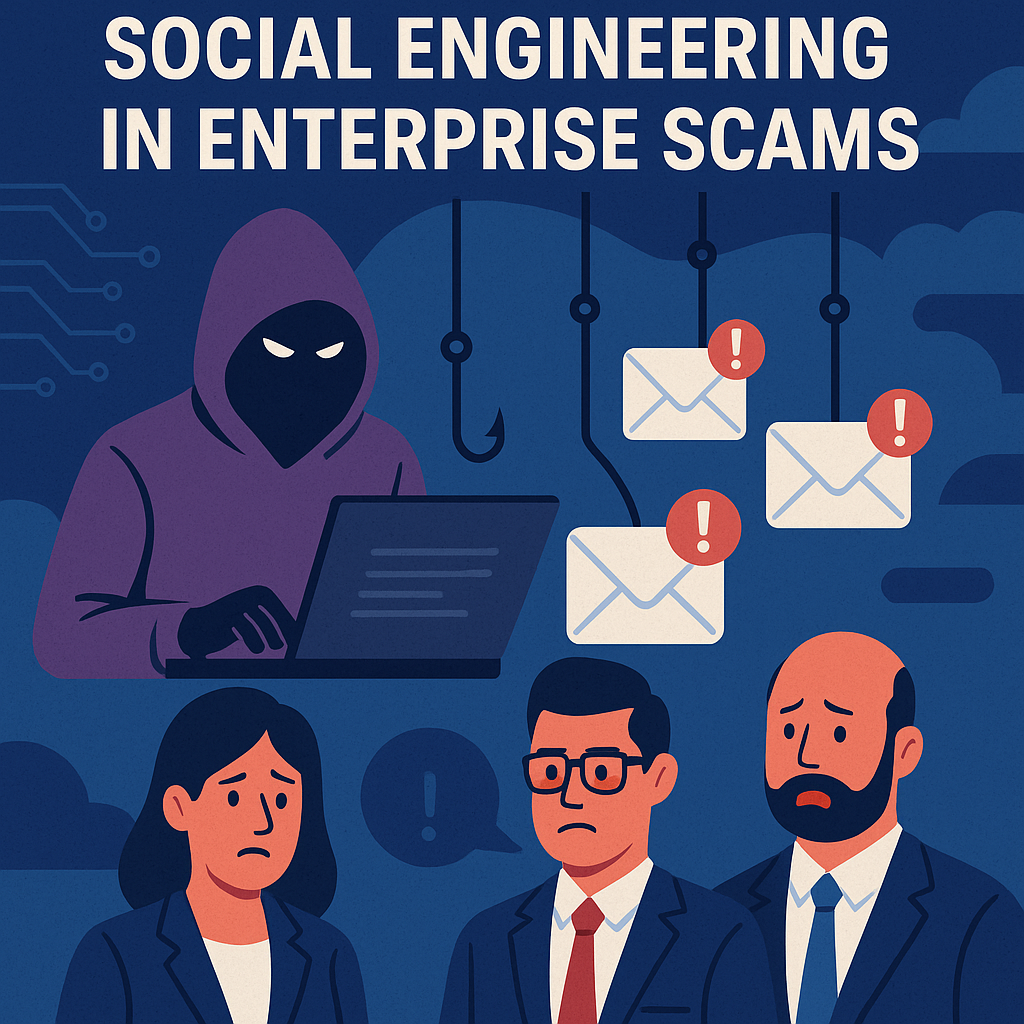
The Rise of LLM-Powered Social Engineering in Enterprise Scams

Enterprise email inboxes have become battlefields where social engineering with LLMs is the new front line. Each morning, security teams confront a flood of messages that look innocuous: clean formatting, perfect grammar, and plausible scenarios. Yet among them lurks a new breed of threat – LLM-powered social engineering that weaponizes advanced AI language models against us. These attacks are no longer clumsy scams full of typos; they are intelligently crafted, ultra-personalized email assaults disguised as routine business communications.
For enterprise defenders, the message is clear: AI-powered BEC and LLM impersonation phishing aren't distant threats – they are happening right now. Security leaders must understand the mechanics behind these AI-fueled attacks and equip themselves with the right technology and training. In the sections that follow, we will unravel how generative LLMs supercharge modern scams, expose the subtle patterns they leave behind, and highlight new red flags that only an intent-aware solution can see.
The Psychology Behind the Prompt
At the core of every AI-driven phishing email lies a carefully constructed prompt. Attackers aren't just tossing words into a generator at random; they are psychological engineers. They prompt LLMs with specific instructions designed to hit classic persuasion triggers. Authority cues, for example, make a recipient more likely to comply. An attacker might write a prompt like "Draft an urgent message from the CEO to the finance team, sounding authoritative and insisting on confidentiality." The AI then composes an email that embodies those cues, and people tend to trust it.
Similarly, prompts can inject urgency and scarcity – two powerful motivators. Instructions such as "Create an email that highlights a critical deadline, so the recipient acts immediately" lead LLMs to weave phrases like "please handle this today" or "urgent compliance needed." Humans hate missing deadlines, so adding a "need this by EOD" line in a polished tone makes the scam feel urgent. Attackers might experiment with wording by A/B testing different prompt variations, refining which emotional approach works best. This iterative tuning – made possible because AI can generate text instantly – lets attackers refine their messages with surgical precision.
Below are some key psychological elements attackers encode into their AI prompts:
- Authority and Trust: Prompts often invoke high-status personas – CEOs, CFOs, or external auditors. By instructing the model to write "in the voice of our CEO" or "sound like our bank manager," the AI produces messages that carry implied authority. People tend to trust such authoritative-sounding emails, especially when the writing is flawless.
- Personalization: Prompts may ask the AI to include personal details – project names, colleague mentions, or recent transactions – gathered during reconnaissance. Mentioning a recent project meeting or a known business partner taps into familiarity, making the recipient think, "Yes, I remember that." The LLM delivers these details with uncanny accuracy.
- Urgency and Scarcity: Instructions like "make it sound like this request has a strict 24-hour deadline" cause the LLM to insert time pressure. An email that reads "we need your approval by tonight" compels quick action. Humans hate missing deadlines, so framing a request with urgency – without the old all-caps screaming – makes the scam feel naturally pressing.
- Social Proof and Reciprocity: Some prompts ask for mentions of other employees or even compliments ("say that our team really appreciates [Recipient Name]'s work"). This creates a sense of reciprocity or social proof. When the email suggests "Your initiative last quarter really helped," the recipient feels valued and is more inclined to help out. Even a hint of camaraderie or flattery can override normal caution.
- Emotional Appeals: Attackers can have the AI simulate an emotional tone – apologetic, thankful, excited, or worried – depending on what might persuade the target. For example, a prompt could say "make it sound grateful that the recipient helped last time," leading to an email that starts with appreciation before making the ask. Emotional hooks like this lower defenses.
By encoding these triggers into prompts, attackers ensure the AI text hits the right psychological buttons. The AI simply provides the language; the underlying persuasion strategy comes from how the prompt is crafted. This is why LLM-powered phishing feels so personalized and compelling. The model itself doesn't have intent – it's the attacker's prompt that does the psychological heavy lifting. Security teams need to recognize that cracking the code of these prompts is more than a technical exercise – it's about understanding the human motivations they exploit.
LLM Patterns Humans Miss
Even with perfect grammar and personalization, AI-generated phishing emails often carry subtle fingerprints. These are linguistic and stylistic patterns that may not register with casual readers but can hint at machine generation. LLMs tend to use a highly consistent, polished style throughout a message. While this consistency looks professional, it may lack the minor variations a human would insert. For instance, an LLM-generated email might maintain overly formal phrasing or precise sentence balance from start to finish. A busy executive's email, in contrast, often mixes sentence lengths, sometimes uses fragments, or even dashes and colloquialisms under pressure.
Here are some of the common patterns in AI-crafted emails that can slip past human reviewers:
- Overly Polished Language: AI rarely makes spelling mistakes or odd typos. It will use perfect punctuation and grammar across the board. A flawlessly punctuated email about a last-minute money transfer – when the real CEO's messages often contain small typos or rushed shorthand – can feel too polished. A lack of any minor error could itself be a clue.
- Uniform Structure: LLMs often follow a textbook sentence structure. They may start multiple sentences with similar connectors like "Furthermore," or "Additionally," creating a rhythmic pattern. Humans typically have more variation – short exclamations, sudden questions, or informal breaks that AI tends not to mimic. If several consecutive sentences begin the same way, that uniformity is a subtle sign.
- Repetitive Phrasing: Because an LLM aims to sound polite and clear, it might reuse certain phrases or synonyms within the same email. For instance, you might see "please confirm" and then "kindly verify" in the same message. The repetition is polite but predictable, a subtle sign of templating. A human might use one phrase and move on.
- Contextual Stiffness: AI can include real details, but sometimes the presentation feels slightly unnatural. For example, an email might say "I saw the update on Project Zenith" when employees usually refer to it as "the Zenith project." The detail is correct, but the phrasing is off. Or an LLM might not use a common internal shorthand because it learned a more formal version from a public document. These minute mismatches – using the exact language of a report rather than internal speech – are clues that the text was assembled, not organically written.
- Language Register Mismatch: LLMs can switch tone if prompted, but sometimes an email shifts within itself. It might start very formally and then slip into a more conversational style, or vice versa. Real people usually maintain a consistent voice in an email. A mixed register (for example, a highly formal opening followed by an overly casual request) is a subtle red flag that something's amiss.
These patterns won't always jump out at a busy recipient. In a crowded inbox, they are easy to miss. That's why advanced detection tools use AI on both sides of the fight. Security solutions trained on AI writing behaviors will catch these inconsistencies, but human operators can also learn to watch for them. Remember, a message that seems too perfect or oddly uniform, even if well-written, deserves a second look. For instance, an email that uses bullet lists (which LLMs use frequently) but starts with "Additionally," in multiple sentences might justifiably earn further scrutiny.
What Role Context Plays in Deception
Context is the secret sauce that makes modern phishing truly sting. LLMs can incorporate real-world details that convince targets of authenticity. Attackers gather contextual data from corporate websites, social media, and public records, then feed relevant snippets to the LLM prompt. The AI output is not random – it's tailored to the recipient's reality.
Here's how context can be weaponized:
- Timely Details: If the attacker knows your company recently announced a partnership or product launch, they can prompt the AI to reference it. For example, "Include mention of our new contract with Acme Corp" might yield an email saying, "As discussed in our Acme contract briefing…". This makes the email feel connected to a real event. The victim thinks, "Yes, I do know about that project – it checks out." Attackers rely on public news, press releases, or social media posts so that the AI can align the email to the latest company happenings.
- Insider Jargon: An LLM can mimic internal jargon or slang if given the cue. Attackers often include a phrase or two from an annual report or an internal FAQ in the prompt. The AI then uses similar language – internal acronyms, project code names, or casual abbreviations. If a finance team member sees an AI email using exact terms from the latest budget report, it reinforces legitimacy. To humans, these terms feel familiar; to a defender, they should raise the question: "How did this external email suddenly know that detail?"
- Personal References: The model can address recipients by name and mention colleagues or roles. For instance, "Write this email as if it's directed to [Name], who's in marketing" will cause the AI to use that name and context correctly. Even referencing a previous conversation (real or fabricated) creates a sense of continuity. An email that starts with "Hi [Name], following up on our discussion…" tricks the reader into thinking it's part of an existing thread, even if it's not. This gives a veneer of familiarity.
- Geographic and Cultural Cues: Attackers may tailor prompts by region. An AI told to write "from New York headquarters" will mention EST timezone, NYC slang, or local events. A voice or email that fits the recipient's locale sounds natural and boosts trust. For example, a prompt like "make the CEO refer to Manhattan offices" causes the email to use New York references seamlessly. Likewise, regional currency formats or date notations can be matched. This cunning localization is another context trick.
However, context can also betray an attacker. An LLM might reference an internal memo from last month even though a new update was released yesterday, for instance. Verifying whether the details truly match current events can expose the scam. Attackers seldom expect victims to fact-check each reference; doing so can unravel an AI-crafted lie. The very context clues that make the email feel real can also be used to detect deception. For example, if an email mentions today's date or a current project milestone inaccurately, that is a red flag.
By using context as a weapon, attackers turn random phishing into targeted business email compromise. This is especially dangerous in a large enterprise, where employees receive dozens of legitimate project updates daily. A message that casually alludes to a real ongoing conversation or company event can slip past many defenses. Context-aware readers or systems can ask critical questions: Does the sender actually work on this project? Is this issue even on today's agenda? Such scrutiny can save a company from the next big scam.
Red Flags That Point to AI-Powered Impersonation
Even highly polished, context-rich emails can betray AI origins if you know what to look for. Security teams should update their checklists to include indicators specific to LLM-style deception. Here are several warnings to watch for:
- Unexpected Sender-Recipient Pairings: If a CEO or executive suddenly emails someone outside their usual circle with an urgent request, that's a warning sign. AI attackers don't fully understand your organization's workflow. For example, if the CFO asks a junior engineer to wire money, it's likely malicious. Security tools can flag these unusual communication patterns automatically by noting when senior leaders deviate from their normal channels.
- Deviation in Tone or Vocabulary: A perfectly formatted email from a usually casual leader is suspicious. Conversely, a traditionally formal person suddenly writing in a breezier style can also raise questions. If the voice in the email doesn't match the known communication style of the sender, it could be AI at work. (Our system, for instance, checks whether the style aligns with the actual sender's profile.) Even small changes in word choice or sentence complexity can serve as clues.
- Odd Greetings or Closings: AI messages often lean on generic salutations and sign-offs. A random "Dear Team," or "Best regards," from someone who normally uses a first-name greeting might be out of character. Conversely, a very casual opening (like "Hey folks,") from a person who typically writes professionally could stand out. These subtle switch-ups in address or signature are pointers that the email may have been assembled from templates.
- Minor Errors in Detail: Paradoxically, AI messages can be too "correct" – or slip up on tiny details humans know well. Check product or project names, titles, and figures for odd phrasing. An LLM might flip numbers (e.g., writing "$5,000.00" instead of "$5k"), round a figure inconsistently, or slightly misspell a rarely used name. Each of these small inconsistencies might be easy to miss, but together they are telling. They often occur because the AI is trying to be formal or literal, whereas real people are a bit more relaxed with such details.
- Overloaded Niceties: LLMs are often "overly polite." An AI email might repeat please, kindly, or include multiple reassuring statements. For instance, it might say "Let me know if you have any questions or need more info. I appreciate your quick help on this." While polite, a genuinely busy executive might simply say "Thanks." When an urgent email is packed with extra niceties, it can indicate the AI is compensating for the high stakes with courtesy.
- Rapid Follow-ups: AI-driven scams often arrive in bursts. Attackers might send an initial email, wait a short time, and then immediately follow up with a "reminder" or additional context. If you receive multiple, slightly varied messages in quick succession about the same issue (for example, an email and then a Slack message or call from a "team member"), consider this a coordinated AI strike. Such behavior – multiple channels pressed at once – is a known tactic to pressure the target, and it should trigger a deeper check.
Consider also how these signs combine. Many email defense systems compute a risk score by tallying clues like tone shift, unexpected sender, and unusual timing. Even small signals can add up. Security tools trained on AI patterns will flag the convergence of anomalies. Similarly, employees should be encouraged: if anything about a request feels slightly off (even if grammar is perfect), slow down. It's often the blend of cues – "too polite and an odd sender" or "urgent tone plus a strange domain" – that exposes an AI-powered impersonation.
From Language to Logic: Why LLMs Make It Work
Modern attackers rely on LLMs not just for words, but for narrative logic. These models can construct a coherent mini-story to justify their request. When an attacker designs a prompt, they often include instructions for a step-by-step justification. For example, a prompt might say "Explain why this payment is needed and mention the supply chain delay that caused it." The AI then writes an email that flows logically: context → urgency → justification → request.
Key ways LLMs use logic to enhance phishing:
- Step-by-Step Explanations: AI can generate multi-sentence arguments that justify the request. Instead of a bare command, the email might say: "We must pay this vendor now to avoid a critical delay with our new product line." It walks the reader through cause and effect, which human brains naturally accept as valid reasoning. This makes the scam feel like part of a well-planned workflow, rather than a random request.
- Consistent Detail Fabrication: If multiple data points are needed (dates, amounts, references), an LLM can supply consistent, plausible values. An email might mention a specific invoice number, a payment date, and a deadline – all aligned correctly. For example, the prompt might have told the AI to invent an invoice for "$12,450." The AI will then mention "Invoice #239, due 10/15 for $12,450" as if it's official. A quick check might seem to match records, because everything is self-consistent.
- Scenario Simulation: LLMs can take a partial scenario and flesh it out fully. Attackers sometimes give them starter lines: "The email should say that the CEO is abroad and needs John's approval. Finish the email." The AI will then add context like the reason for travel or a project reference, creating a believable narrative. The result is an email that feels like the next logical step in an ongoing story, even if that story was never actually told before.
- Adaptive Follow-ups: Some advanced phishing campaigns use iterative prompts. If an initial email doesn't succeed, the attacker might tweak the prompt or follow up with a new AI message. For example, a prompt could instruct: "Send a polite reminder from the CEO thanking the recipient for their work and again asking for the transfer." The AI-generated follow-up fits seamlessly with the first email. This ability to course-correct in real-time makes AI-driven attacks more resilient.
Because LLMs grasp sequence and causality to some degree, the whole scam often reads as a mini-narrative rather than disjointed lines. A security architect might notice that the email contains an entire convincing backstory – one that wasn't even real but was made plausible by AI. The danger is that a logical, well-explained request feels justified. The victim thinks, "Okay, that makes sense, I was wondering about this vendor issue." Without explicit red flags (like typos), the AI's smooth logic can lull even seasoned professionals into compliance. For defenders, the lesson is this: even if an email's content sounds coherent, ask for independent verification of the logic. Coherence alone is no longer proof of authenticity.
What StrongestLayer's Intent-Aware System Sees
Conventional email gateways look at surface signals, but the most advanced defenses dig deeper – they understand intent. StrongestLayer's AI-native platform is built to do just that. Instead of relying on static rules, it uses natural language understanding to interpret what each email is really asking the recipient to do. It reads between the lines of an email to gauge whether the request fits known patterns.
Here's how an intent-aware system (like StrongestLayer's) analyzes a suspicious email:
- Intent and Semantics: The system parses the email's content to identify the core intent. It can tell when the action requested is high-risk – like transferring funds, paying a vendor, or revealing credentials. Even if the attacker uses subtle phrasing (e.g. "please arrange for the payment today"), the AI model recognizes the underlying meaning of "initiate a payment." By focusing on meaning rather than just keywords, the system flags emails that imply sensitive actions. It's the difference between reading "wire funds" and understanding that "please arrange" is essentially the same request for money.
- Contextual Alignment: The platform cross-checks the request against organizational context. For example, if the email claims to be from the CFO instructing someone in marketing to make a payment, the system raises an eyebrow: CFOs don't typically email marketing for invoices. It correlates roles, departments, and past communication patterns. A request from an executive that falls outside historical context (like an unusually urgent task) is marked abnormal. Essentially, the AI asks: "Does this fit what we know about how this person usually communicates and acts?" If not, it generates an alert.
- Writing-Style and Sender Profiling: The system has learned the writing style of legitimate senders. Over time, it builds a profile of each user's typical language – vocabulary, tone, and phrasing. When a new email arrives claiming to be from that user, the system compares styles. If the language is overly formal or uses unusual terminology that the real person doesn't use, the mismatch signals a potential impostor. For example, if the real CFO never uses emojis or exclamation points but this email does, that anomaly is caught.
- Metadata and Behavioral Signals: Beyond text, the platform examines email metadata and user behavior. It looks at headers, sender domains, and sending infrastructure. If an email comes from a newly-registered domain or a cloud service instead of the corporate mail server, that adds to the risk. It also considers timing: Is the email arriving at an unusual hour for this sender? A combination of semantic and behavioral clues builds the evidence. For instance, a perfectly worded email with a mismatched "From" address would immediately trigger an alert.
- Adaptive Learning: Crucially, StrongestLayer's AI continuously learns from feedback. Every time a user reports an email as phishing (or marks one as safe), the system incorporates that example. So when attackers devise new tricks, the model can adapt quickly. For instance, if scammers start using a new greeting phrase or attachment style, the system will learn to recognize it across future emails. The threat defense evolves at machine speed, not human speed.
This means that even a perfectly worded AI email isn't trusted outright. The system essentially asks: Is the narrative consistent with reality? Does this request fit our business logic? By answering these questions algorithmically for each message, StrongestLayer's intent-aware filters can quarantine or flag suspicious emails before they reach the user. This semantic, context-sensitive approach shines a light on sophisticated impersonation that older, surface-level filters simply miss.
Human-Layer Weakness in the Age of AI
Even with advanced AI defenses, humans remain critical in the loop – and they have new vulnerabilities. AI-generated phishing preys on very human tendencies. Attackers now push so many correct cues that they count on small psychological biases and moments of fatigue to succeed.
One key weakness is trust in polish. People have been conditioned to think that well-written, professional emails are safe. When criminals produce flawless prose and logical arguments, normal red flags (typos, odd phrasing) vanish. An email that looks impeccably composed can slip past employees who have been taught to trust good spelling. Perfect grammar is a double-edged sword: with LLMs, it's the new trick up a scammer's sleeve. Humans also react emotionally; many AI scams use empathy or praise to manipulate. A kindly-worded email that sounds like your boss appreciating your work can make you want to help. Even well-trained staff can be seduced by a friendly or grateful tone from a superior persona. It's a psychological hack served on a silver platter – except now that platter is fully polished writing.
Another weakness is workload and trust. Busy employees get dozens of emails daily, and often act quickly. Attackers exploit this by embedding their messages in normal business context. If an AI-crafted email arrives that references a project you are working on, you might see only the familiar details and click forward without digging deeper. AI-generated requests are often small variations on routine tasks (approve invoice, schedule meeting), so they ride the wave of normalcy. A fatigued worker may assume "this looks like last week's request, it must be fine," and comply. Even with user training, the combination of urgency, authority cues, and minimal anomalies can push through a momentary lapse in judgment.
Finally, there's underestimation of new risks. Many professionals still think, "Our filters and training will catch anything unusual." This complacency is dangerous. Attackers know that if just one person slips up, it could mean millions in fraud. Humans may feel invincible until an AI scam hits close to home. That's why it's vital to reinforce a culture of verification, even for believable messages. For example, if an email claims the CEO is traveling and needs an urgent favor, employees should feel empowered to pick up the phone and confirm that story. It's also why encouraging reporting of any suspicious email is important – even when the user "just has a hunch."
The key takeaway: humans are still crucial in the defense, but our old assumptions have to change. Social engineering with LLMs means thinking differently about trust. Training must evolve beyond spotting grammar mistakes to questioning context and motive. Cultivate the habit of pausing before acting: if an email triggers any doubt or a gut feeling, stop and verify by another channel. Recognize that automated perfection is now a tactic, not a safeguard. By acknowledging these new human vulnerabilities, organizations can train employees to work in tandem with AI tools, turning the human layer from a liability into the last line of defense.
Why Email Security Must Shift Left
With LLM-driven scams, waiting for the user to notice is often too late. "Shifting left" means embedding security earlier in the process – at the network, gateway, and design stage, not just at the inbox. Enterprises need proactive measures that intercept threats before they reach employees.
- Pre-Delivery AI Scanning: Place advanced filters at the mail server or gateway. This ensures every inbound message is evaluated for intent and context before it hits the inbox. By moving detection upstream, suspicious emails can be quarantined automatically. It's security at the gate: the AI filter acts like a bouncer, analyzing intent and not just content. This preemptive stance can stop many attacks without any user involvement.
- Stronger Authentication Practices: Enforce strict email authentication (SPF, DKIM, DMARC) so spoofing becomes much harder. Many LLM scams piggyback on look-alike domains (for example, "finance@yourcorp-mail.com" instead of "@yourcorp.com"). By shifting left on authentication – applying strict DMARC policies and regularly auditing configurations – organizations make it immediately clear when a sender address is fake. This cuts down the flood of easy forgeries that attackers might otherwise use as their initial vector.
- Integrated Approval Workflows: Move security into business processes themselves. For instance, if your company uses automated invoicing or ticketing systems, require secure internal steps for approvals. A shift-left approach might be to require a manager's signature or a secure token for payments above a threshold. If a high-value transfer request arrives by email, the system forces an alternate verification (such as a secure portal confirmation) before proceeding. By embedding checks into daily operations, you break the chain at the source.
- Continuous Training and Simulations: Shift educational efforts earlier and more frequently. Conduct regular phishing simulations that use AI-crafted examples, not just old-style templates. Make training bite-sized and continuous, so employees regularly see fresh scenarios. Embed learning into the flow – for example, use in-browser tutorials on the spot. This means users experience advanced phishing tactics proactively, before an actual attack hits. We're essentially "shifting left" in time: awareness is built now, not after a breach.
- Real-Time In-Context Warnings: Use tools that give instant feedback. Deploy AI-driven inbox add-ons or browser extensions that analyze each email as the user opens it. For example, StrongestLayer's Inbox Advisor uses on-device AI to flag suspicious language in real time. By providing a second "AI friend" checking emails in the user's workflow, mistakes can be averted on the spot. This is shifting security from policy to point-of-action – catching anomalies exactly when a user is about to click.
- Cross-Functional Collaboration: Finally, shifting left means aligning all stakeholders early. Involve business leaders, IT, and finance in tabletop exercises before an incident. Agree on a response plan for BEC scenarios now, so that in an actual event, verifying a CEO's request will be second-nature (for example, requiring a code word via a separate channel). By setting these rules and workflows in advance, the organization's collective readiness rises well before an attack.
These measures illustrate a leftward push. It's about assuming an attack could be happening at any moment and preparing accordingly – instead of patching holes after a breach. Implement automated scanning at the gateway, require verification in your software tools, and train employees continuously. Build defenses into every layer of email delivery. The best time to strengthen email security was yesterday; shifting left ensures you're close to that ideal.
Futurecasting: What's Coming Next (Multimodal, Voice-Based BEC, etc.)
Generative AI isn't stopping at text. The next wave of social engineering will be multimodal, exploiting voice, video, and other channels. Security teams must anticipate how these capabilities multiply the attack surface.
- Voice Cloning for BEC: AI voice cloning tools are becoming uncannily good. Imagine receiving a call from what sounds exactly like your CFO's voice, asking the finance team to transfer funds immediately. Real incidents have already occurred where a cloned executive voice convinced employees to wire money. As voice synthesis improves, phone calls from "your boss" could become commonplace. The defense here is strict verification: implement callback procedures or secondary confirmations for any unexpected voice request. For example, any high-value request received by phone should be verified via a dedicated internal channel (like a known extension or secure app). Always assume audio can be faked.
- Video Deepfake Meetings: Video conferencing and messages are also targets. With AI-driven video, an attacker could generate a live or pre-recorded clip of a manager instructing staff to do something. Though still emerging, this threat is real: as text AI merges with generative video, we could see entire deepfake meetings. Organizations should prepare by enforcing strict identity checks in virtual meetings (unique join codes, authenticated profiles) and training employees that any unusual video request for action – no matter how official it looks – must be verified through other means.
- Multimodal Emails: We're already seeing a taste of this. Future BEC attacks might include emails with AI-generated voice notes or even short videos as attachments. An attacker could craft a realistic invoice PDF with AI-rendered logos, or an email that plays a sudden recorded "urgent message" (actually AI voice) when clicked. To counter these, security solutions will need to parse attachment content for inconsistencies (for example, an audio file claiming to be from HR but containing an unknown accent). Preparing means using endpoint scanners that inspect multimedia content, not just text.
- Chat and Collaboration Platform Phishing: As more enterprise communication moves to Slack, Teams, or other platforms, attackers will follow. LLM-driven bots could join channels posing as new employees or guest users, delivering personalized phishing prompts directly in chat. Protecting against this requires the same intent-based logic applied to emails: monitor internal chats for the same suspicious request patterns. Train users that random direct messages – even in trusted apps – can be malicious, and use AI tools that flag risky conversation threads.
- Generative Malware Attachments: Beyond communication, LLMs can help create malware. An attacker could ask an AI to write a malicious script or craft a seemingly benign macro-embedded document. This means email attachments could be "smart" too. To prepare, bolster endpoint defenses: sandbox unknown attachments and use AI-driven antivirus that recognizes anomalous code patterns. Ensure anti-malware engines are constantly updated with examples of newly AI-generated exploits.
- Advanced Multi-Step Attacks: Finally, phishing could become conversational. Attackers might deploy LLM-based agents that interact via email or chat over several steps, adapting to your replies. For example, you might get an email about a fake invoice, reply to clarify, and then receive another tailored email explaining in more detail – all without a human on the other end. The defense is skepticism at every step. Treat each turn as a separate potential trap and verify decisions at each stage.
These scenarios may sound daunting, but planning ahead is essential. Organizations should broaden their security lens: email filters must integrate with phone and video systems, and awareness training should cover these new mediums. Some advanced solutions (including StrongestLayer) are already exploring ways to analyze voice liveness and video authenticity. In the meantime, leaders should set policies now: for instance, require multi-factor authentication for any unusual transfer request, whether it comes by email, call, or video. The AI toolkit is on both sides now – as attackers adopt it, security must too, across all communication channels.
Final Thoughts and Actionable Takeaways
The rise of AI-powered BEC and LLM-based email fraud represents a fundamental shift in the threat landscape. Scammers now wield tools that can mimic not just writing style but reasoning itself, and they do so at scale. For CISOs and security architects, staying ahead means evolving both our mindset and our tools. The key is to think like an AI-driven attacker: understand the psychological triggers, value the power of context, and respect how convincingly logical an AI-crafted request can feel. Only then can defenders spot the cracks in a scam's facade.
Here's a concise checklist of actionable measures to strengthen your enterprise against these threats:
- Adopt Intent-Aware Email Security: Move beyond keyword scanning. Deploy advanced filters that use AI to evaluate the intent of incoming emails. Tools that analyze the actual meaning and context of a request – not just blacklists or signatures – will catch sophisticated impersonation. Look for solutions (like StrongestLayer's) that ask not "What does this say?" but "What is this asking for, and does it make sense for this sender?"
- Enforce Email Authentication: Don't let scammers spoof your domains. Implement and monitor SPF/DKIM/DMARC rigorously, and consider DMARC enforcement. These protocols are a first line of defense against look-alike domains. Even as attackers use AI to craft messages, a strict DMARC policy can immediately block the unauthorized envelope senders often used in BEC attempts.
- Strengthen Verification Processes: Cultivate a culture of "trust, but verify." Train employees that perfect language isn't proof of legitimacy. For any high-risk request (payments, sensitive data, new vendors), require an independent confirmation step – a quick phone call, an MFA code, or an in-person check. Regularly simulate advanced phishing (with AI-generated content) to keep these habits sharp.
- Monitor Emerging Threats: Stay informed about the latest AI attack techniques. Subscribe to threat intelligence feeds and share insights across industries. If a new type of deepfake or prompt trick is reported, update your email filters and training immediately. Having a rapid incident response plan – in place before an attack – ensures you can act quickly if an AI scam slips through.
- Focus on Human-AI Partnership: Remember, technology alone isn't enough. Empower your teams with helpful tools, like AI inbox advisors, that flag suspect messages in real time. Encourage reporting of anything unusual, even if it seems minor. Treat user reports as a critical input to the system's learning. The goal is a virtuous cycle: AI tools help humans identify scams, and human feedback makes AI tools smarter.
- Plan for the Next Wave: Look beyond email. Extend policies and defenses to phone, video, and chat. For instance, require dual authorization for wire transfers, and set up processes to verify voice or video requests. Review your security controls holistically – if it can happen via communication (email, chat, voice), decide today how to authenticate or block it.
Enterprise email protection must become as dynamic as the threats it defends against. By shifting left – building intelligence into your systems and processes early – and combining advanced AI tools with sharp human awareness, organizations can turn the tide. The battle against AI-driven social engineering is well underway. With proactive strategy and layered defenses, we can ensure that the next-generation of email scams meets a barrier as sophisticated as they are.
Frequently Asked Questions (FAQs)
Q1: How is LLM-powered social engineering different from normal phishing?
LLM-driven social engineering uses AI to craft messages that are far more personalized and polished than traditional phishing. Instead of generic or poorly written emails, these attacks generate highly realistic messages at scale. They can include specific details about your company or projects and construct logical arguments. The result is a scam that blends into normal business communication, making it much harder to spot with simple checks.
Q2: What makes AI-powered BEC so dangerous?
Business Email Compromise (BEC) scams are dangerous because they target high-value outcomes (like wire transfers). AI-powered BEC is even more dangerous because tools like LLMs automate personalization. A single attacker using an LLM can send thousands of convincing, context-aware attempts in minutes. Since the emails have near-perfect grammar and logic, they sidestep the basic defenses. AI greatly increases both the reach and believability of BEC attacks.
Q3: Can enterprise email protection really stop LLM-generated phishing?
Yes, with the right approach. Traditional email filters fall short against LLM-based email fraud because they rely on known signatures or basic keyword checks. Modern, AI-driven defenses change the game. They use machine learning to analyze the intent and context of each message, aiming to understand what action is being requested. For example, advanced platforms examine message meaning and flag anomalies – like a request that the real CFO would never make. These intent-aware systems catch sophisticated phishing that legacy filters simply miss. If an email doesn't fit expected patterns (based on what we know about the sender and context), it gets flagged before it reaches users.
Q4: What role do employees play in preventing AI-based scams?
Employees remain crucial. They should be trained to question unexpected requests, no matter how well-written the email looks. Organizations should simulate and educate users about AI-crafted phishing examples regularly. Encourage verification habits: for instance, if an email asks for a transfer, the employee should confirm via a known phone line or in-person. Even with advanced tools, human vigilance stops many attacks. An informed and skeptical workforce – one that double-checks before acting – is one of the best defenses.
Q5: Are generative AI scams already being seen in the wild?
Absolutely. Security researchers and companies are already tracking LLM-driven phishing campaigns. Organizations report receiving more personalized phishing emails that only AI could craft. There have even been real cases of AI voice impersonation being used for BEC. These threats are current and growing, not something on the distant horizon.
Q6: How should security teams prepare for future threats like voice-based BEC?
Stay proactive and multi-channel. Enforce policies that require out-of-band verification for any high-risk request, whether it's delivered by email, phone, or video. For example, set up a rule that any large financial transfer must be approved through a secure dashboard or with a one-time code. Also, invest in technology that can detect anomalies in voice or video (such as voice liveness checks). Regularly update your incident response plans to include scenarios with deepfake audio or video. The key is to have verification layers in place before a crisis hits.






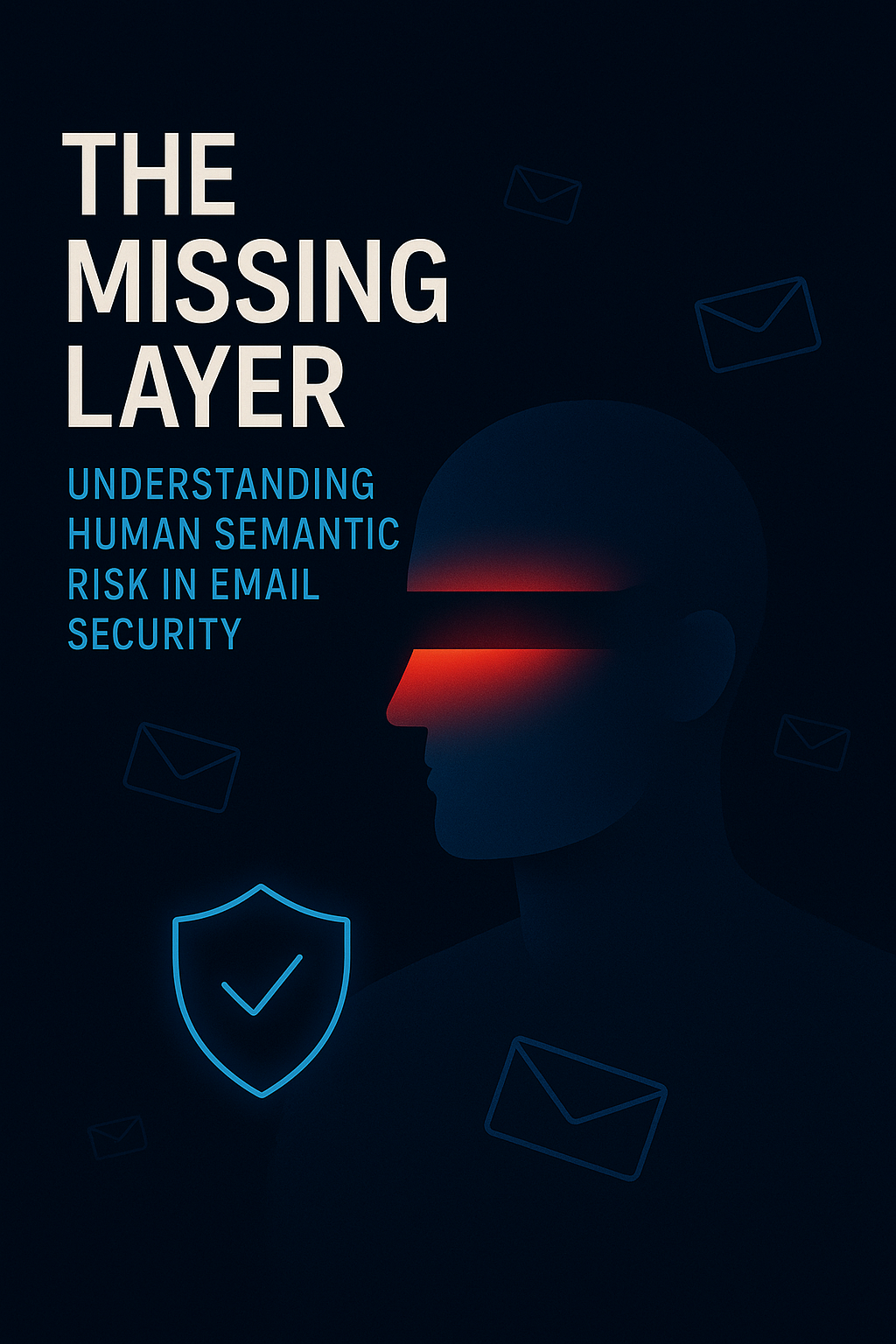
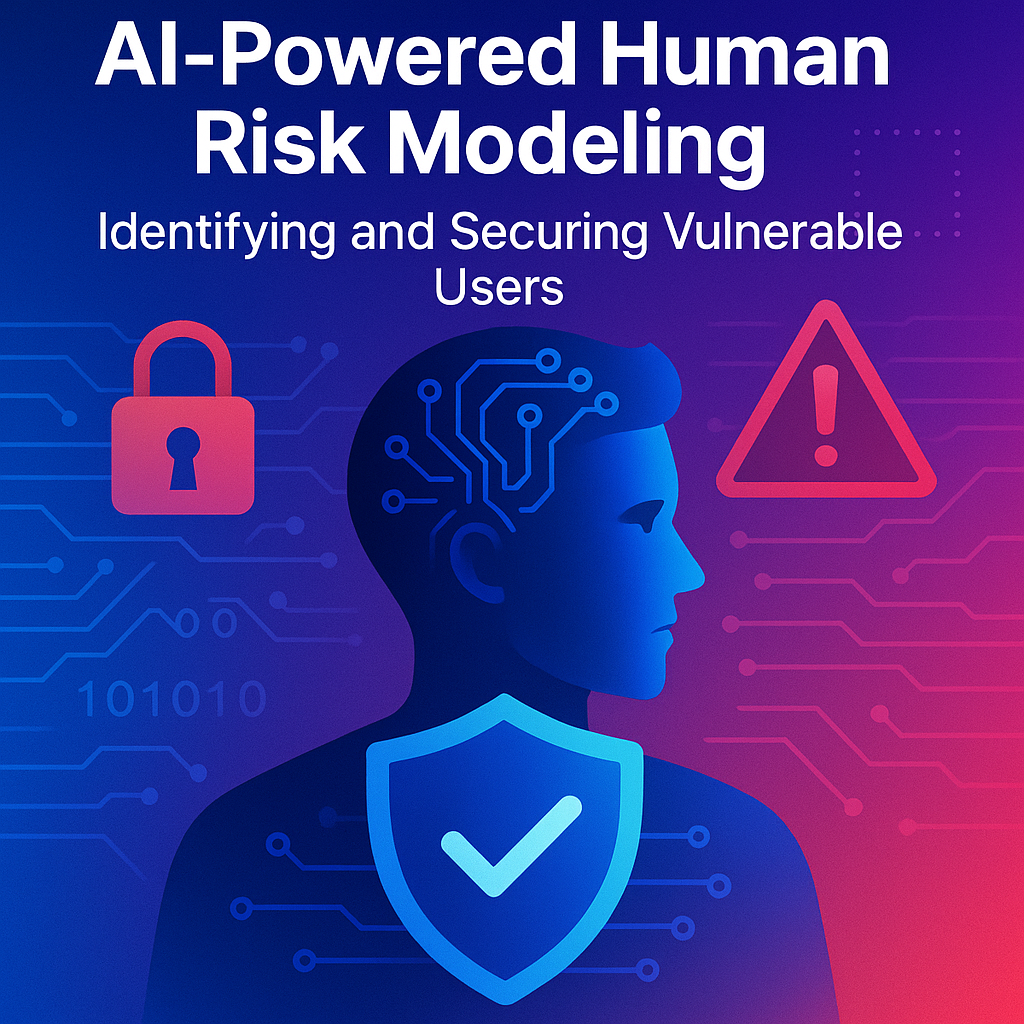




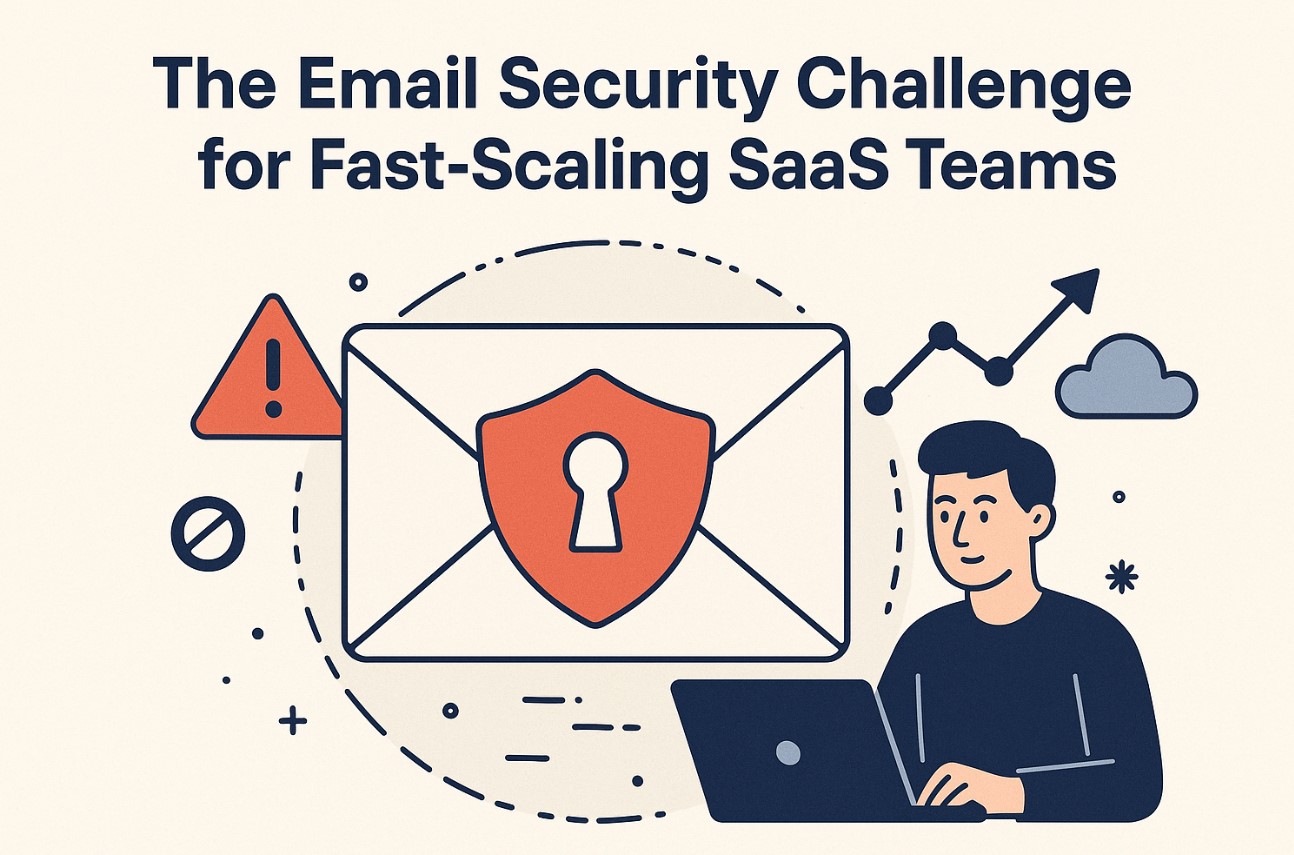
.png)


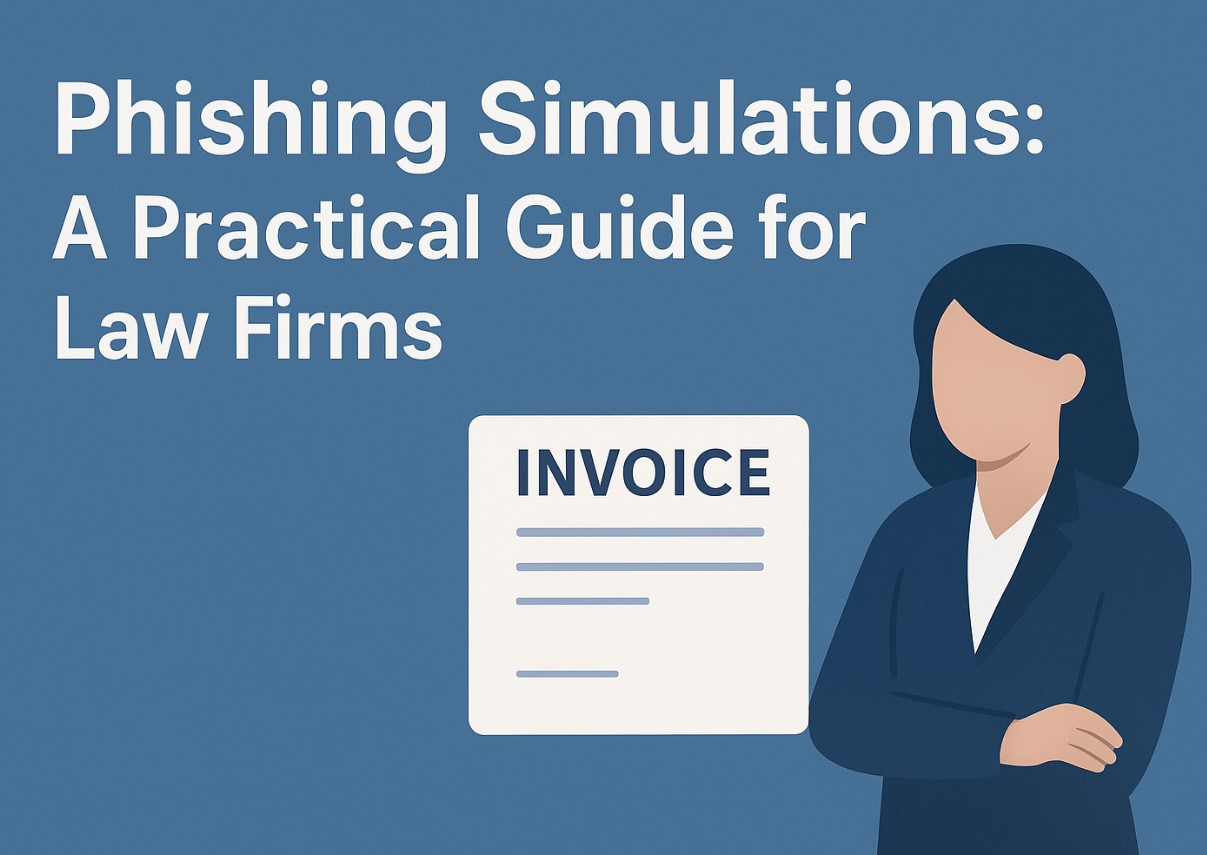


.png)
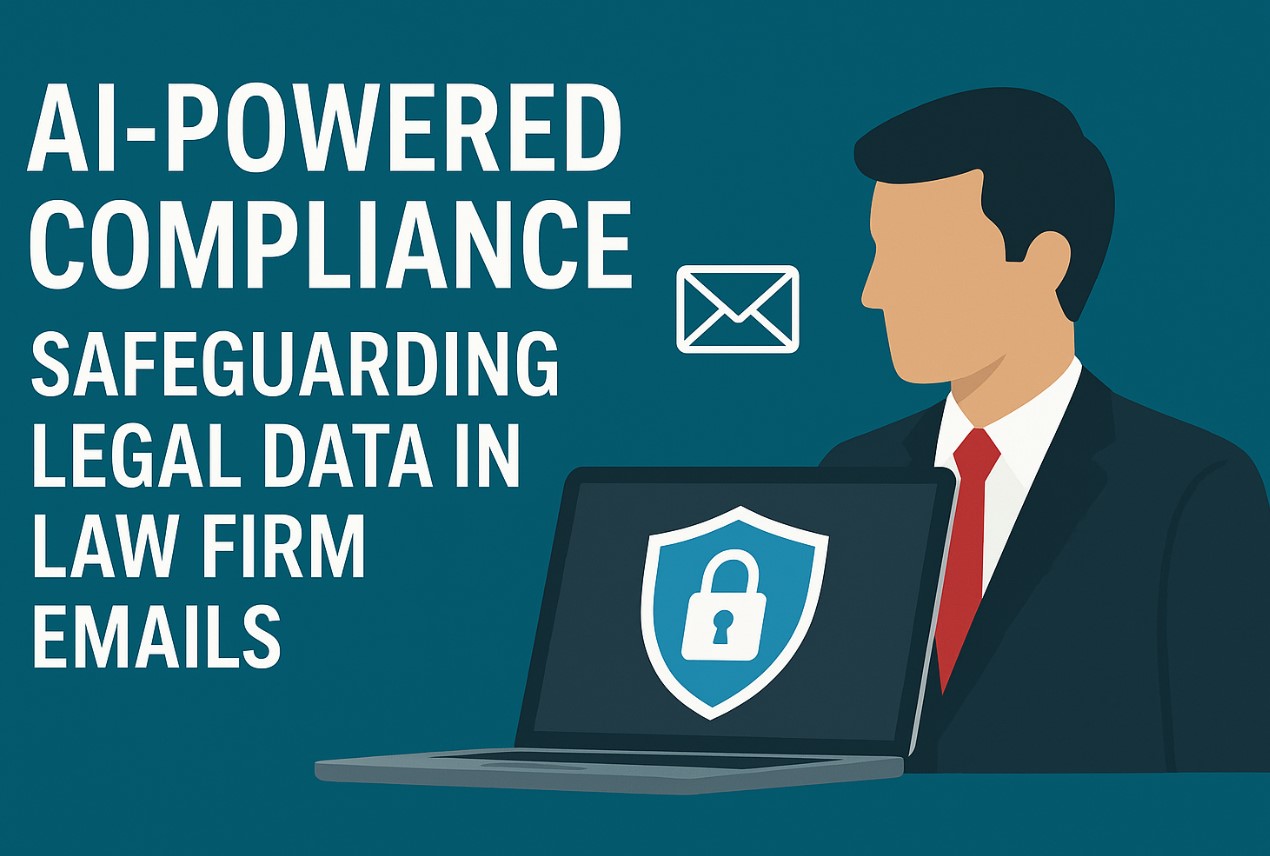
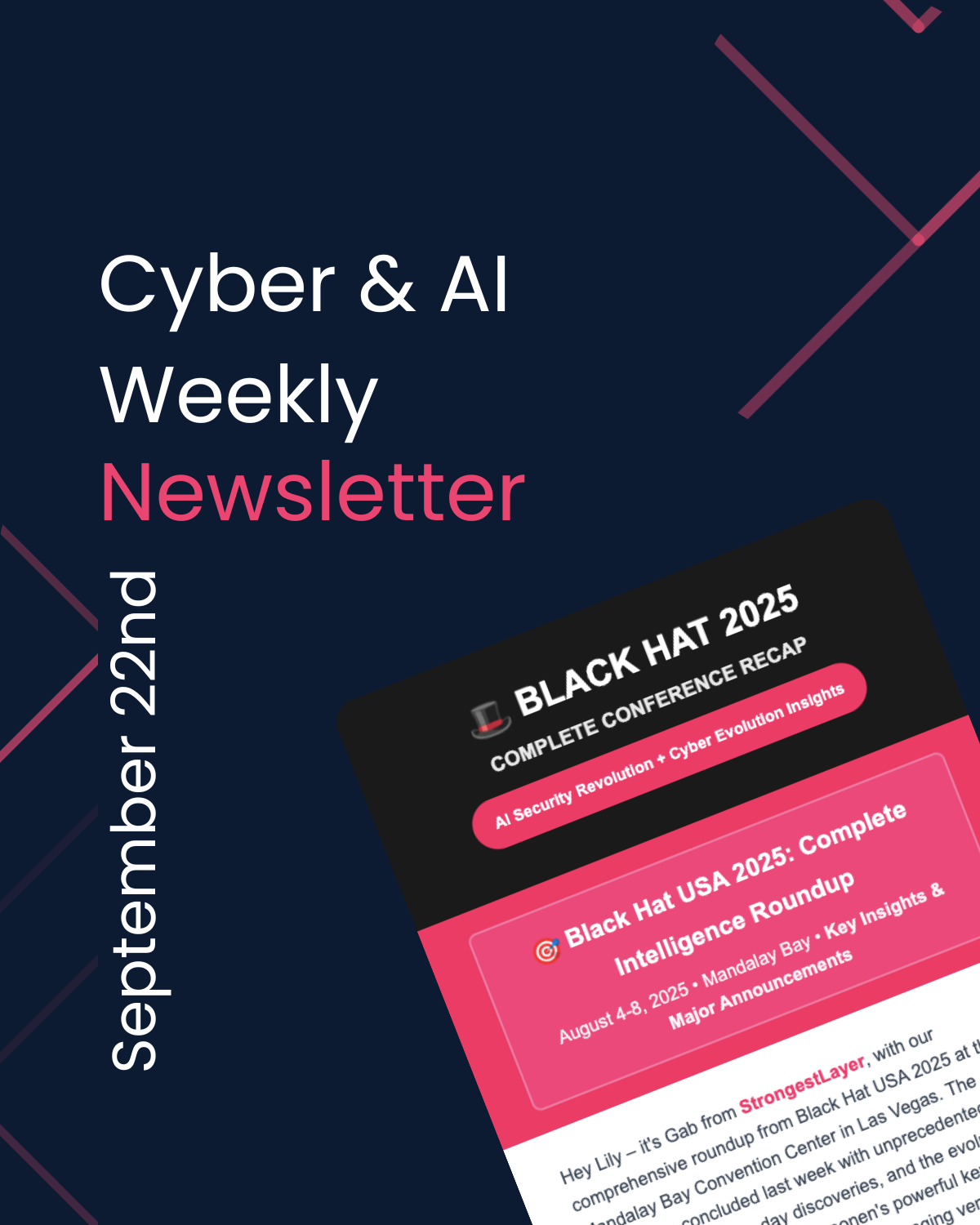
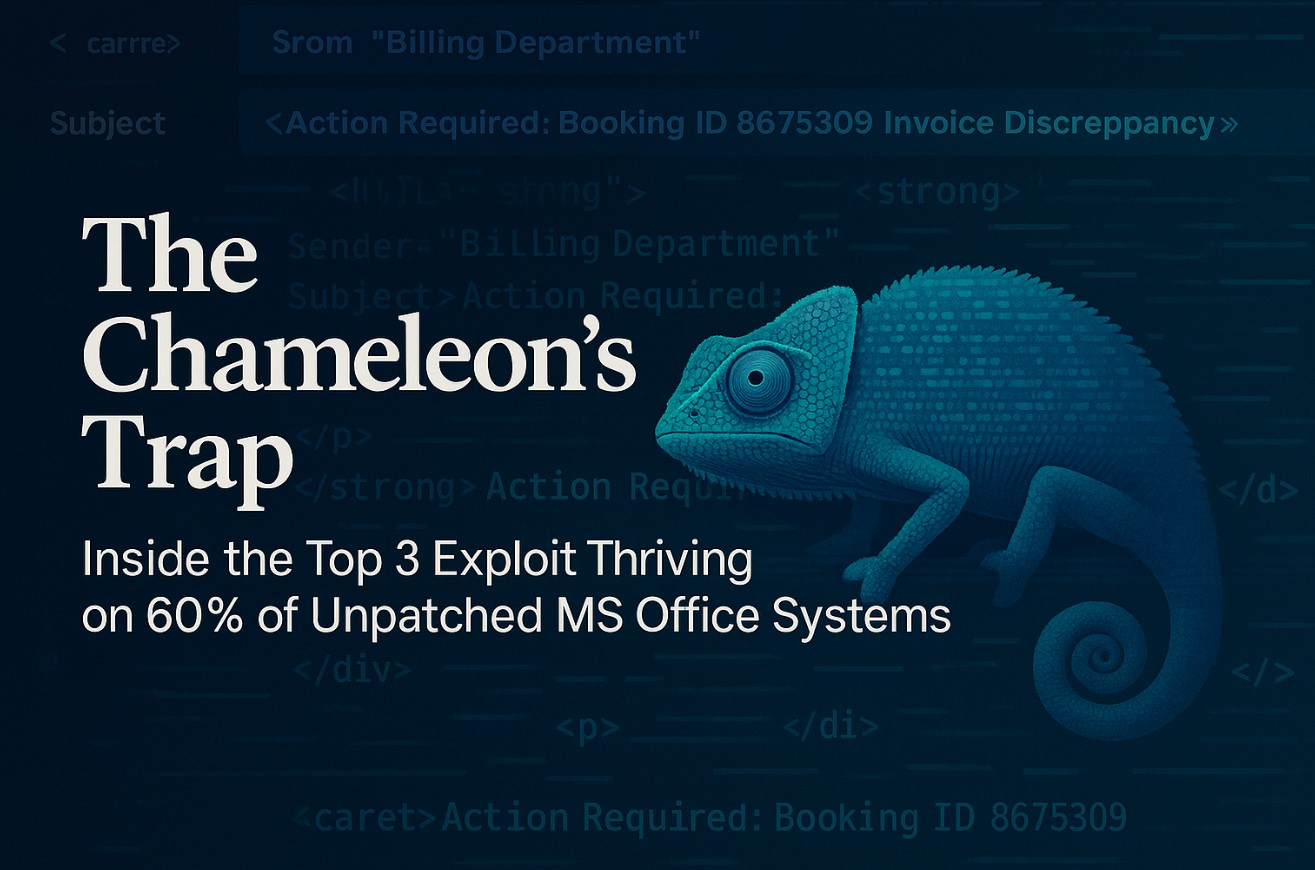

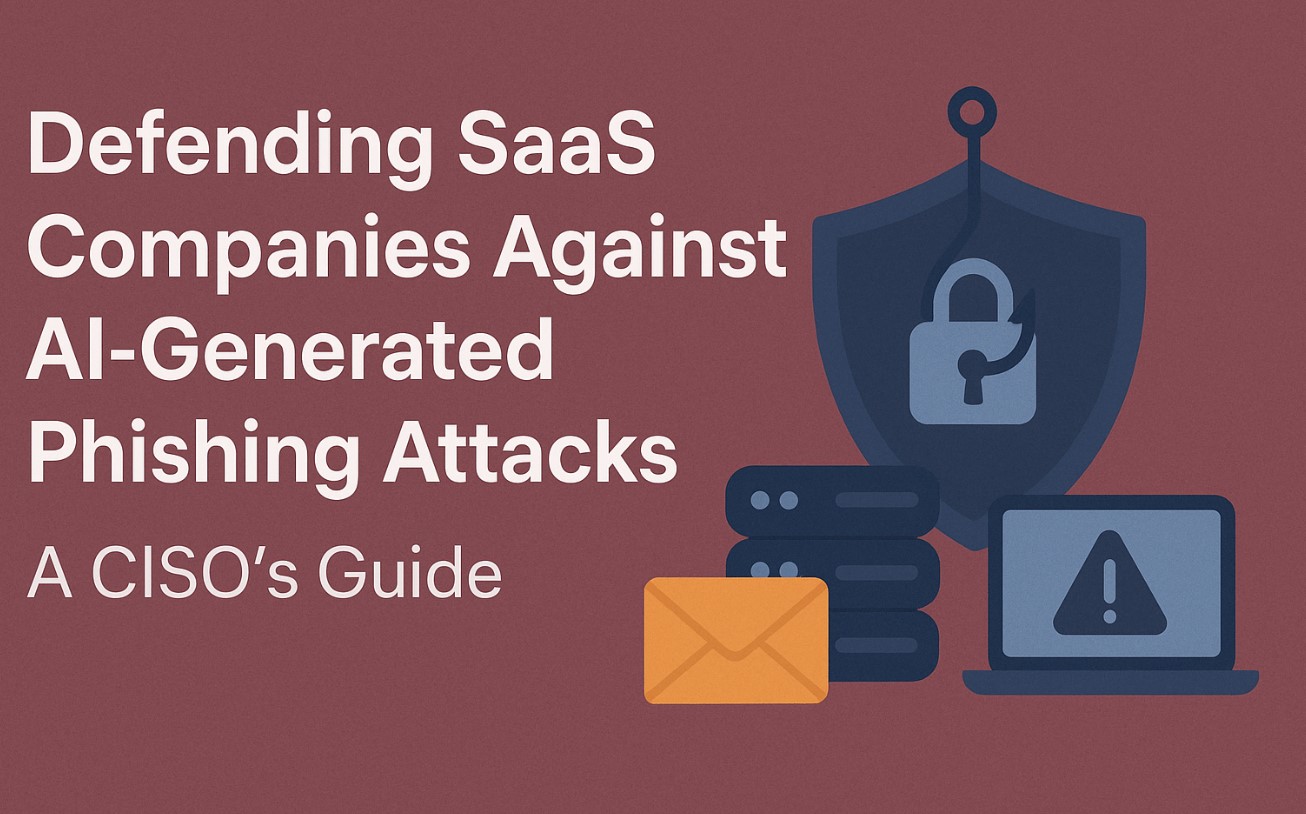


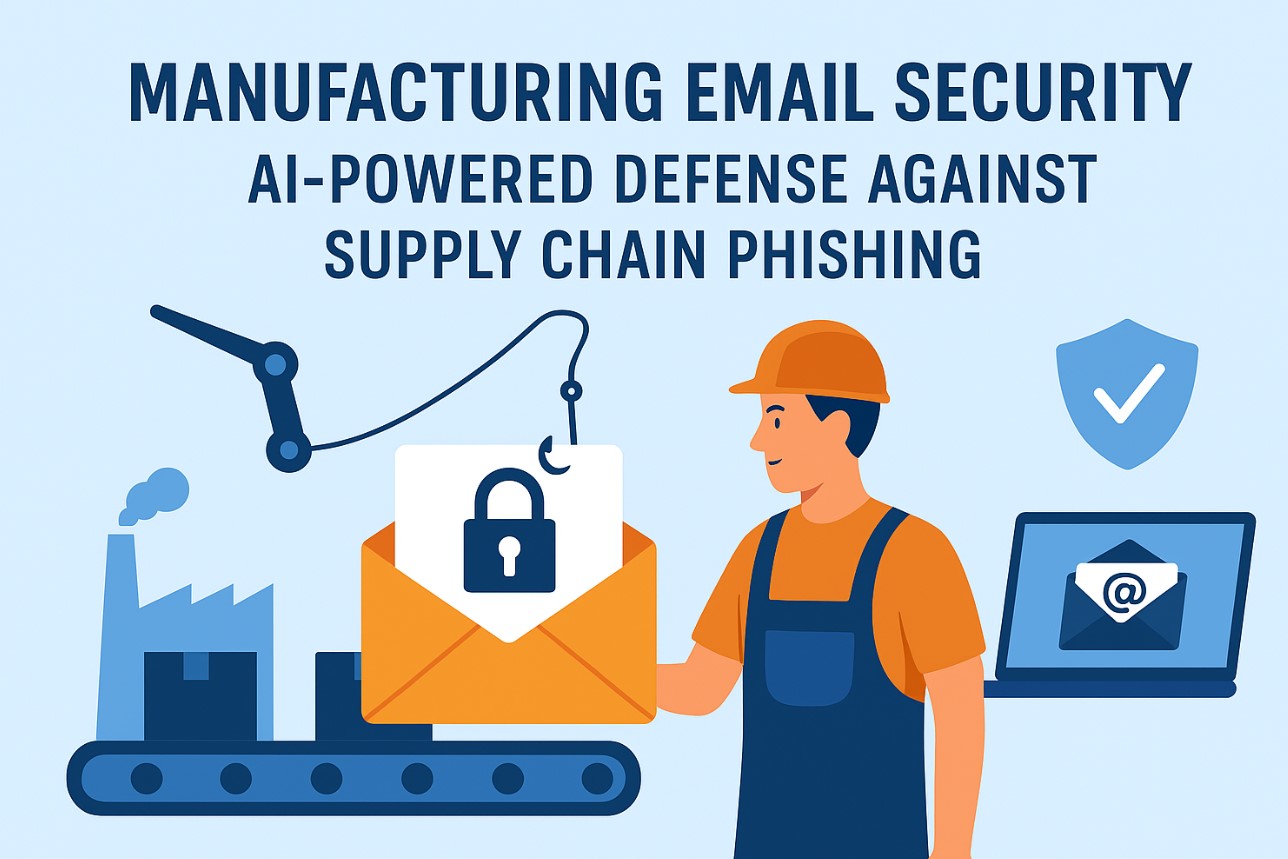
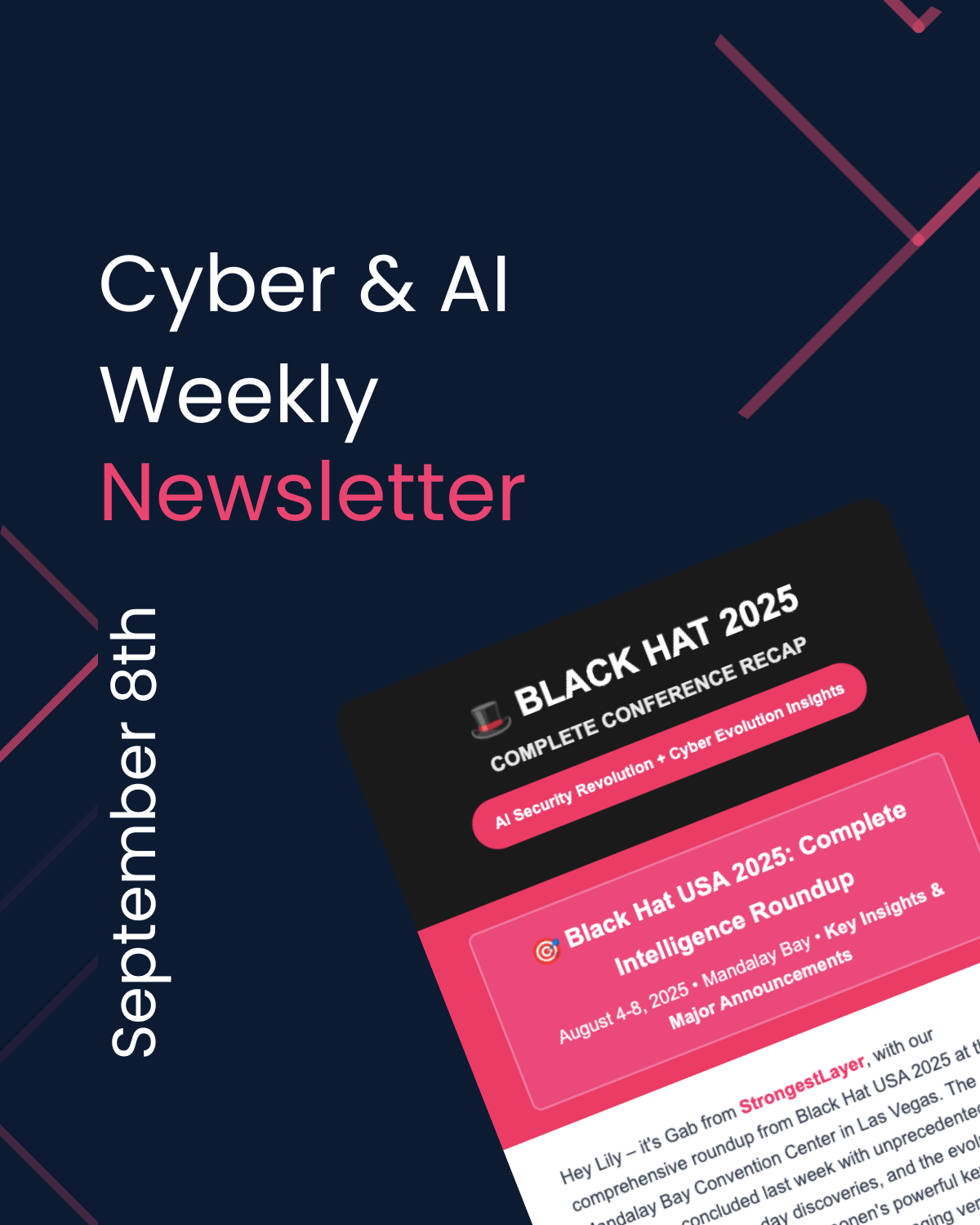


.png)

.png)
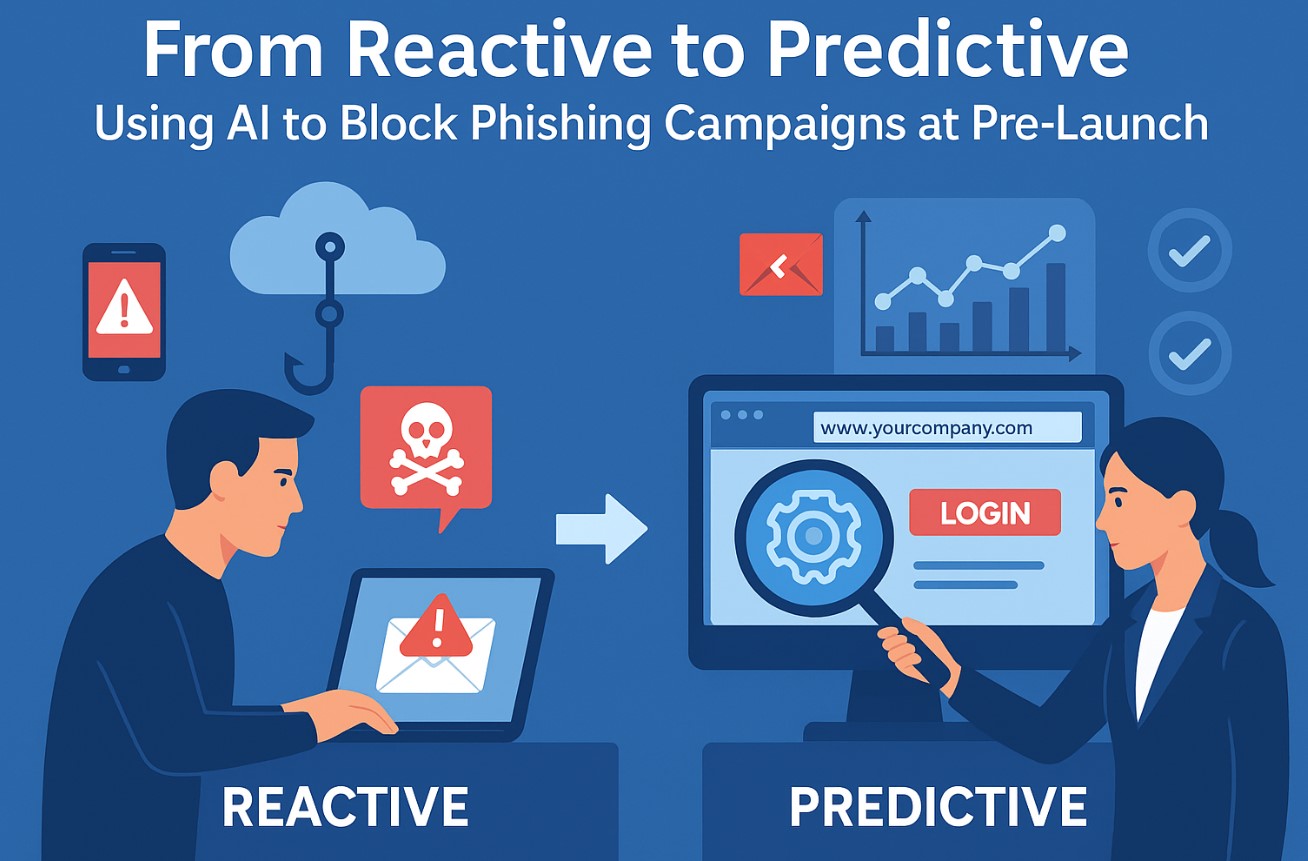


.png)
.jpg)
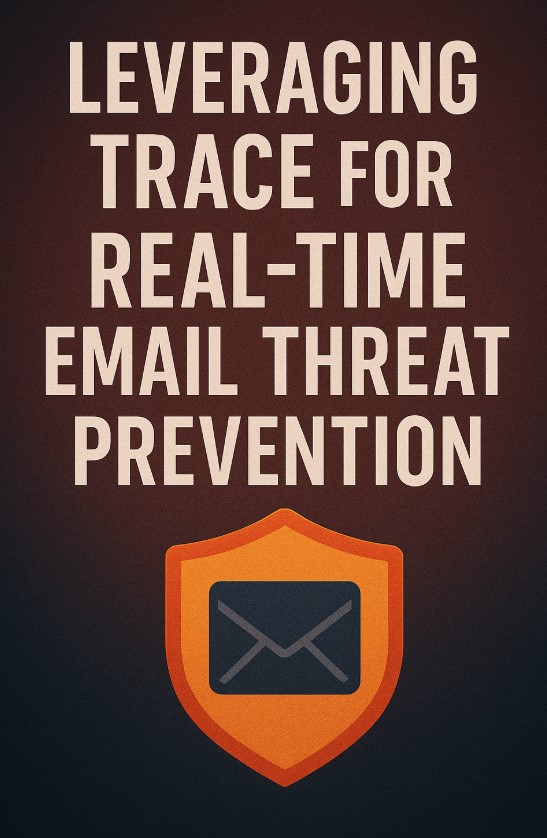
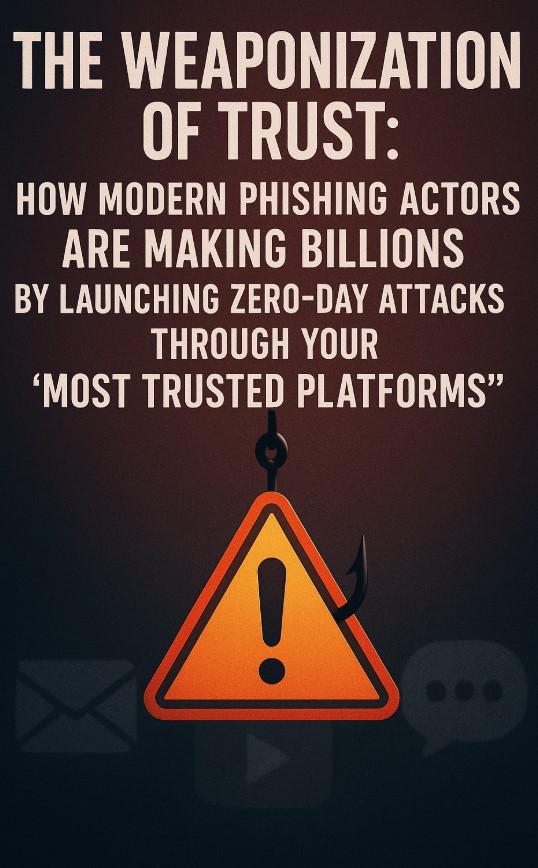
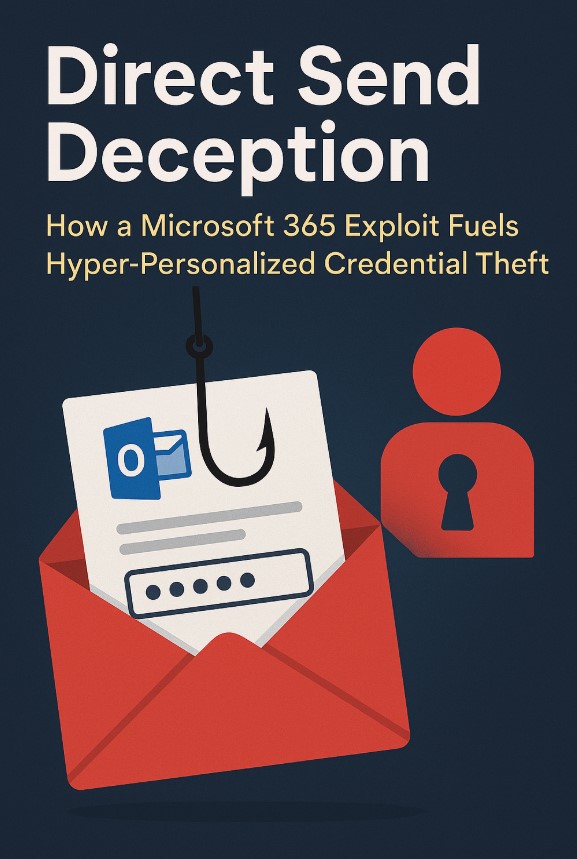
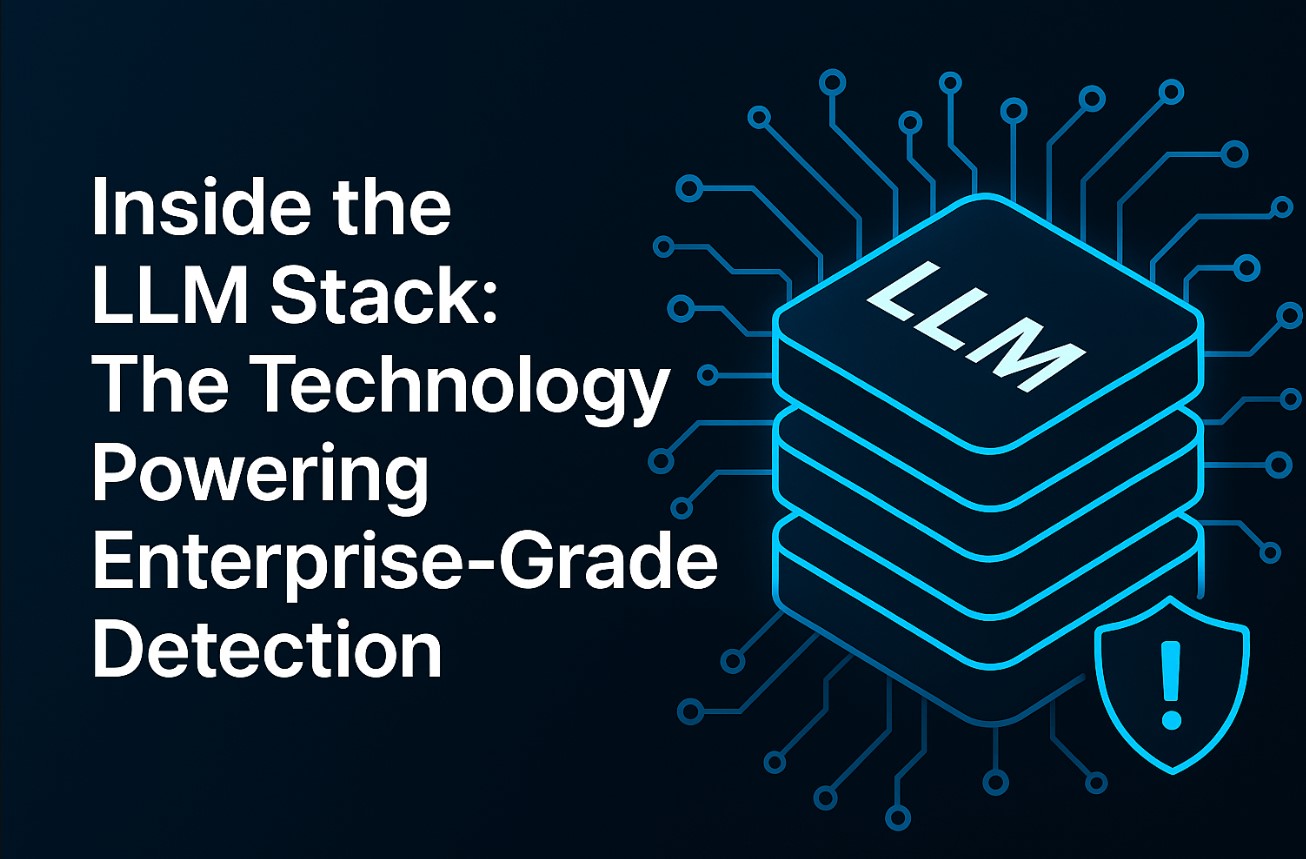
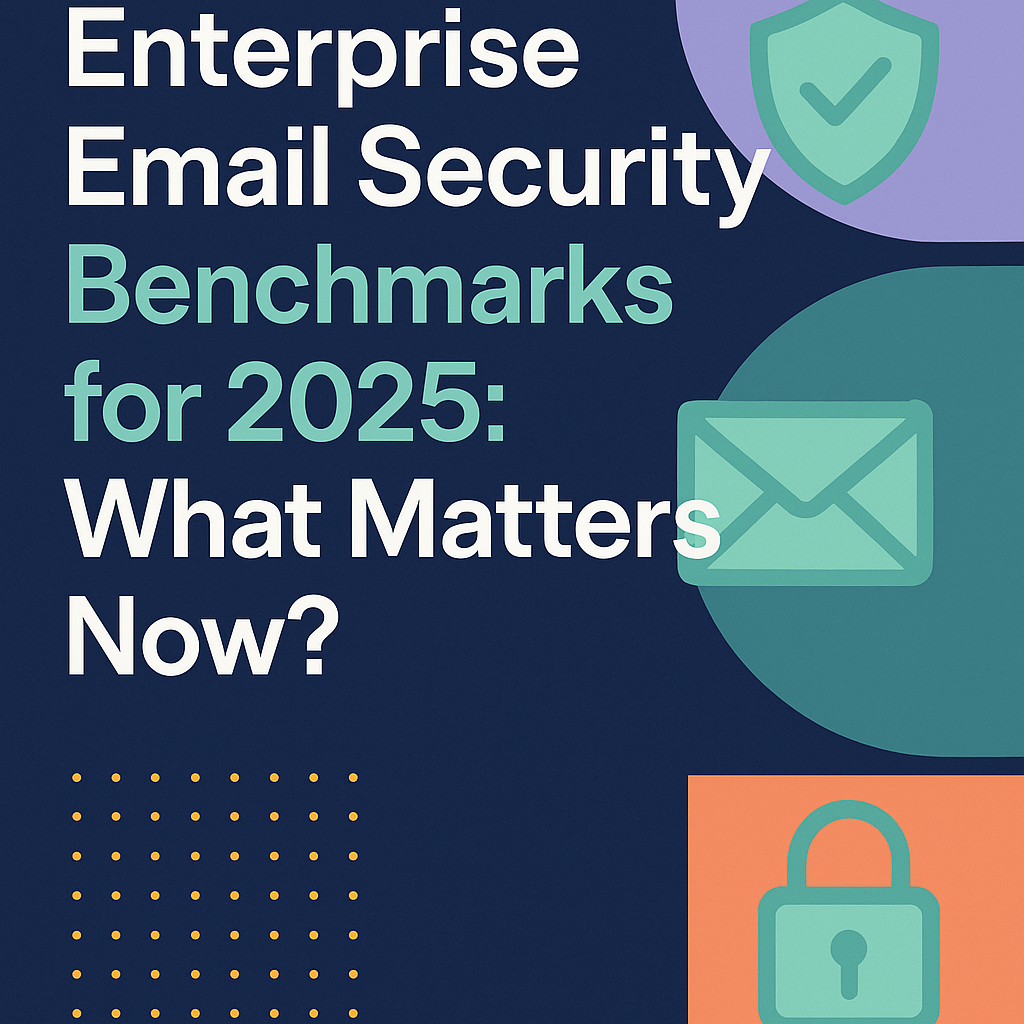
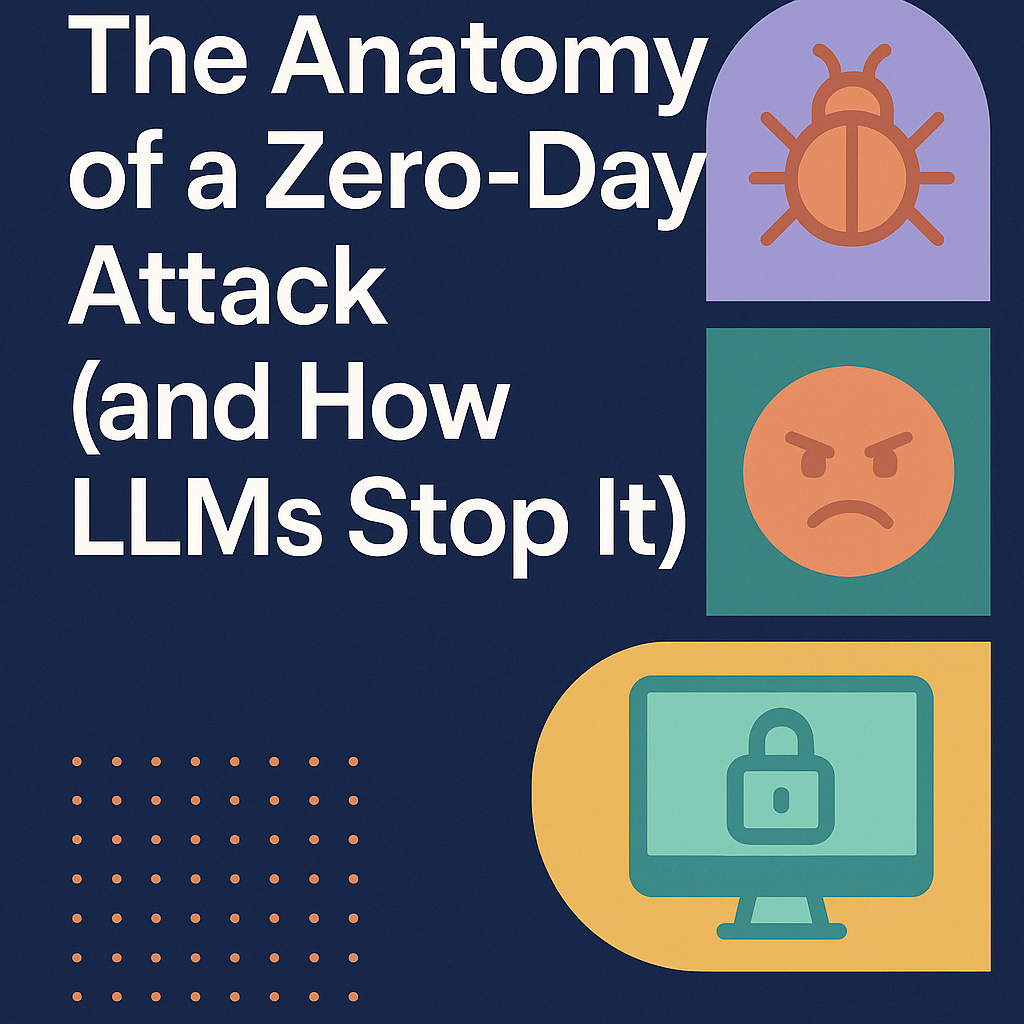
.png)







.png)































%20Attacks%20in%202025.jpg)









